Sigma A 24-70 mm f/2.8 DG DN
7. Coma, astigmatism and bokeh
| Center, 24ámm, f/2.8 | Corner APS-C, 24ámm, f/2.8 | Corner FF, 24ámm, f/2.8 |
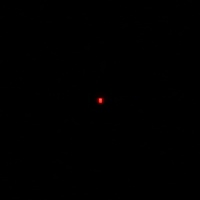
|
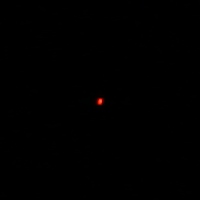
|

|
| Center, 45ámm, f/2.8 | Corner APS-C, 45ámm, f/2.8 | Corner FF, 45ámm, f/2.8 |
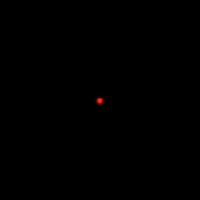
|
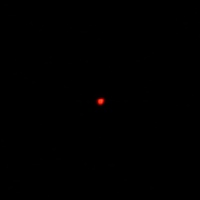
|
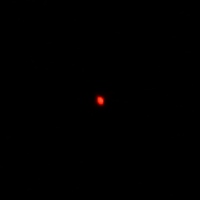
|
| Center, 70ámm, f/2.8 | Corner APS-C, 70ámm, f/2.8 | Corner FF, 70ámm, f/2.8 |
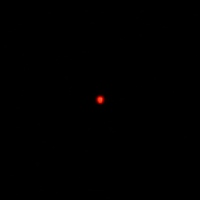
|
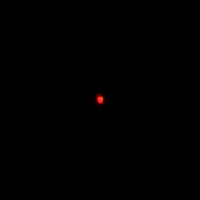
|
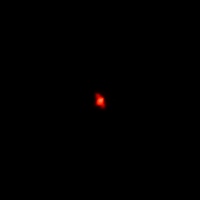
|
Astigmatism, understood an an average difference between vertical and horizontal MTF50 function values, amounted to 3.9% and it is a low level. The reflex camera Sigma A 24-70 mm f/2.8 DG HSM fared weaker in this category as in its case we got a result of 12.7%. The tested Sigma also performs better than the rival Tamron in this category.
Please Support UsIf you enjoy our reviews and articles, and you want us to continue our work please, support our website by donating through PayPal. The funds are going to be used for paying our editorial team, renting servers, and equipping our testing studio; only that way we will be able to continue providing you interesting content for free. |
- - - - - - - - - - - - - - - - - - - - - - - - - - - - - - - - - - - - - - - - - - - - - - - -
Defocused cricles of light aren't perfect – you can have reservations concerning slight onion-ring bokeh visible inside the circles which, most probably, stems from using as many as three aspherical elements. Also a lighter rim makes itself felt and its intensity increases with stopping down the aperture. It would be difficult to miss the influence of mechanical vignetting which, by f/2.8, cuts out almost half of the circle. In the next chapter such a performance will be keenly felt for sure.
| Center, 70ámm, f/2.8 | Corner APS-C, 70ámm, f/2.8 | Corner FF, 70ámm, f/2.8 |
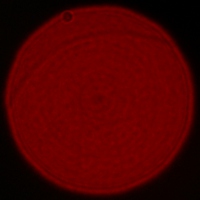
|
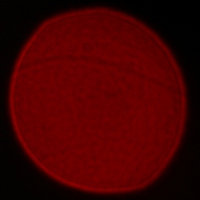
|
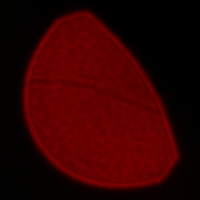
|
| Center, 70ámm, f/4.0 | Corner APS-C, 70ámm, f/4.0 | Corner FF, 70ámm, f/4.0 |
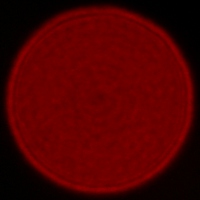
|
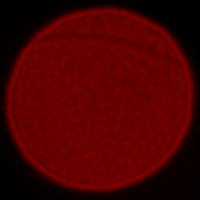
|
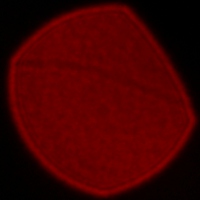
|
Center, 70ámm, f/5.6 | Corner APS-C, 70ámm, f/5.6 | Corner FF, 70ámm, f/5.6 |
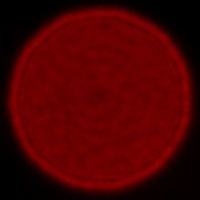
|
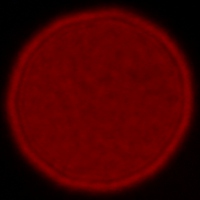
|
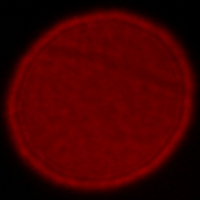
|






